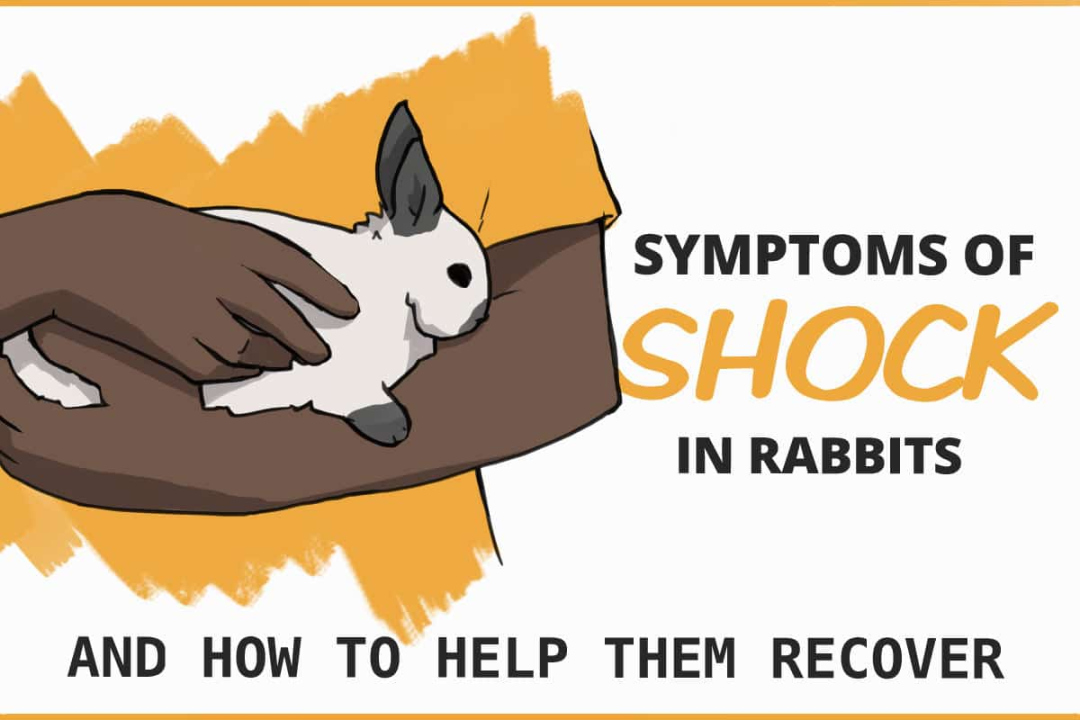What to Do If Rabbit is In Shock?
Understanding Rabbit Shock
Shock is a serious condition that can affect rabbits, just as it can affect humans and other animals. It occurs when there is a sudden drop in blood flow, which can be caused by various factors such as trauma, severe pain, or illness. When a rabbit is in shock, their body’s vital organs are not receiving enough oxygen and nutrients, leading to potentially life-threatening consequences if not addressed promptly.

Recognizing the Signs of Rabbit Shock
It is essential for rabbit owners to be able to identify the signs of shock to provide immediate care. Some common symptoms include:
- Rapid and shallow breathing
- Weakness and lethargy
- Cool and pale extremities
- Rapid heart rate
- Dilated pupils
- Loss of appetite
Immediate Steps to Take
If you suspect that your rabbit is in shock, it is crucial to act quickly and calmly to stabilize its condition. Follow these steps:
- Keep the environment calm: Remove any potential stressors or loud noises that may further distress the rabbit.
- Keep the rabbit warm: Cover your rabbit with a warm blanket or towel to prevent further heat loss.
- Elevate the hindquarters: Gently lift the rabbit’s hindquarters slightly. This can help improve blood flow to vital organs.
- Seek veterinary assistance: Contact your veterinarian immediately to explain the situation and follow their guidance for further steps.
Transporting the Rabbit to the Veterinary Clinic
While waiting for veterinary assistance, it is important to carefully transport your rabbit to the clinic. Follow these guidelines:
- Place the rabbit in a sturdy and secure carrier or box lined with a soft cloth or bedding material.
- Ensure the carrier is well-ventilated but not drafty.
- Keep the carrier away from extreme temperatures.
- Handle the rabbit with care, avoiding sudden movements.
- Monitor the rabbit’s vital signs throughout the journey.
Treatments and First Aid
Upon reaching the veterinary clinic, the veterinarian will assess the rabbit’s condition and administer the necessary treatments. These may include:
- Fluid therapy to restore hydration and blood volume.
- Pain management to alleviate any discomfort or trauma the rabbit may have experienced.
- Warming measures to increase the body temperature gradually.
- Monitoring vital signs, including heart rate, respiration, and temperature.
- Addressing any underlying causes of shock, such as trauma or illness.
Frequently Asked Questions (FAQs)
1. Can shock in rabbits be prevented?
While shock cannot always be prevented, ensuring the safety and well-being of your rabbit by providing a secure environment and appropriate veterinary care can minimize the risk.
2. How long can a rabbit survive in shock?
The survival time for a rabbit in shock depends on various factors, including the cause of shock, the promptness of receiving proper care, and the overall health of the rabbit. It is crucial to seek immediate veterinary assistance to improve the chances of survival.
3. Can I give my rabbit any medications before reaching the veterinarian?
No, it is not recommended to administer any medications to your rabbit without professional guidance. Incorrect dosage or inappropriate medications can worsen their condition or have adverse effects.
4. Can emotional stress cause shock in rabbits?
While emotional stress can impact a rabbit’s overall well-being, it is unlikely to directly cause shock. However, sudden fright or extreme stress can contribute to the development of shock in certain cases.
Always consult with your veterinarian for personalized advice and guidance regarding your rabbit’s health and well-being.
Related Articles…
Copyright Notice:
The images displayed here are sourced from the internet, with copyrights held by respective owners. For removal of any copyrighted image, please email us.